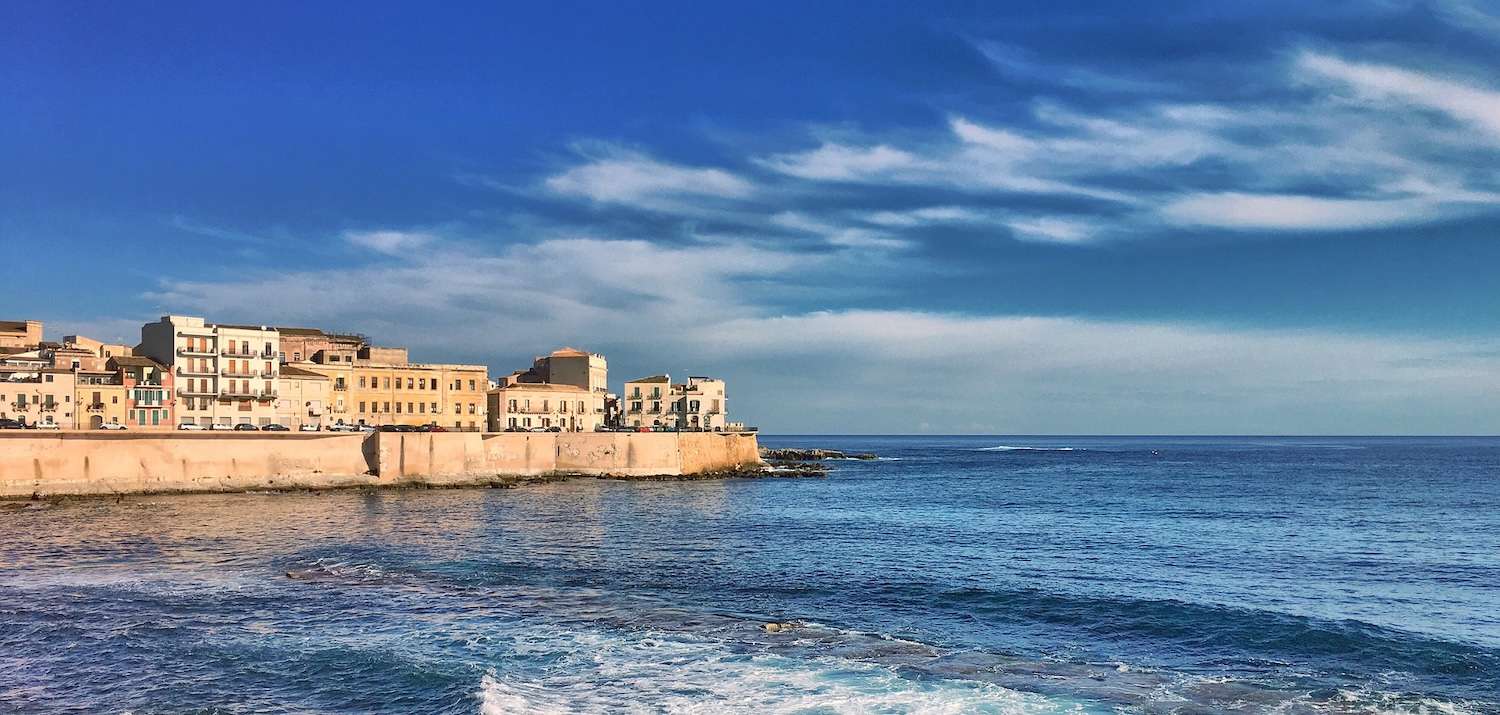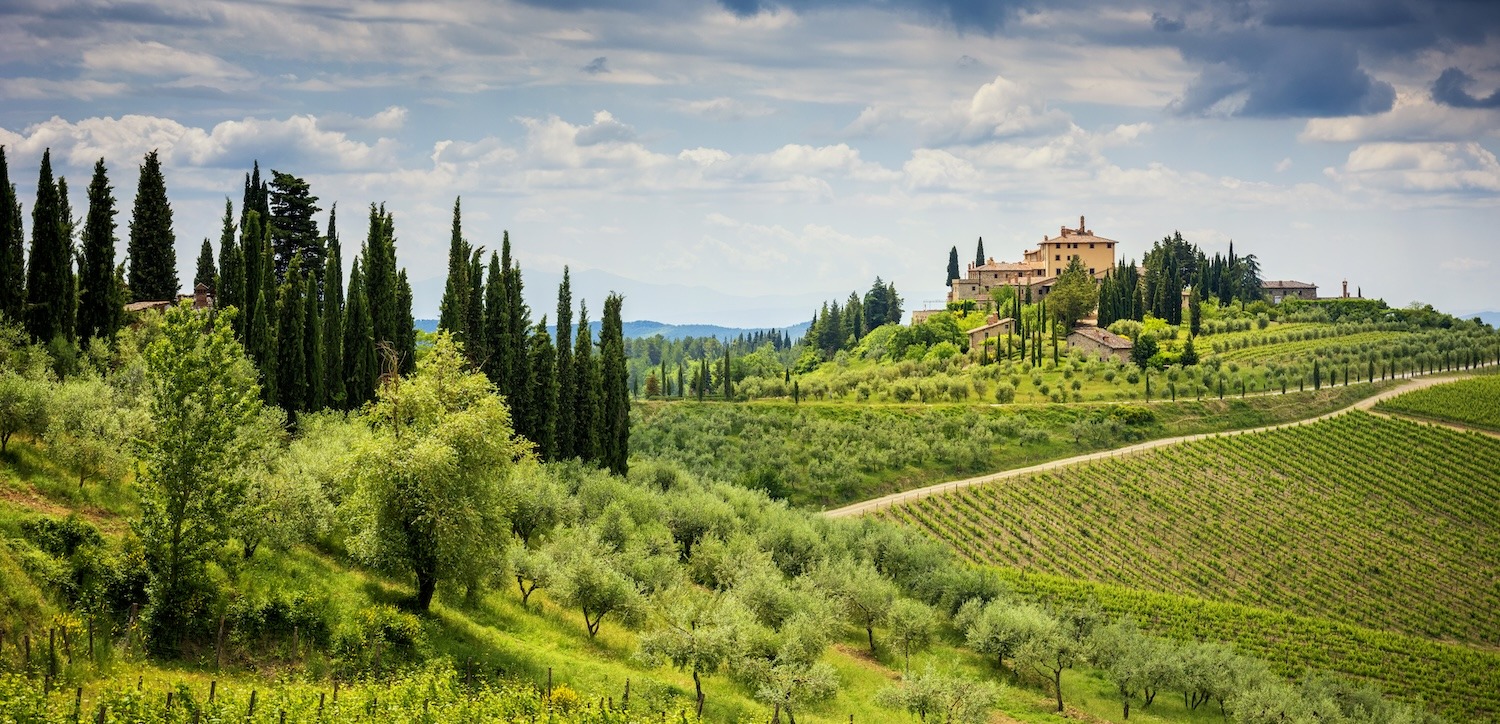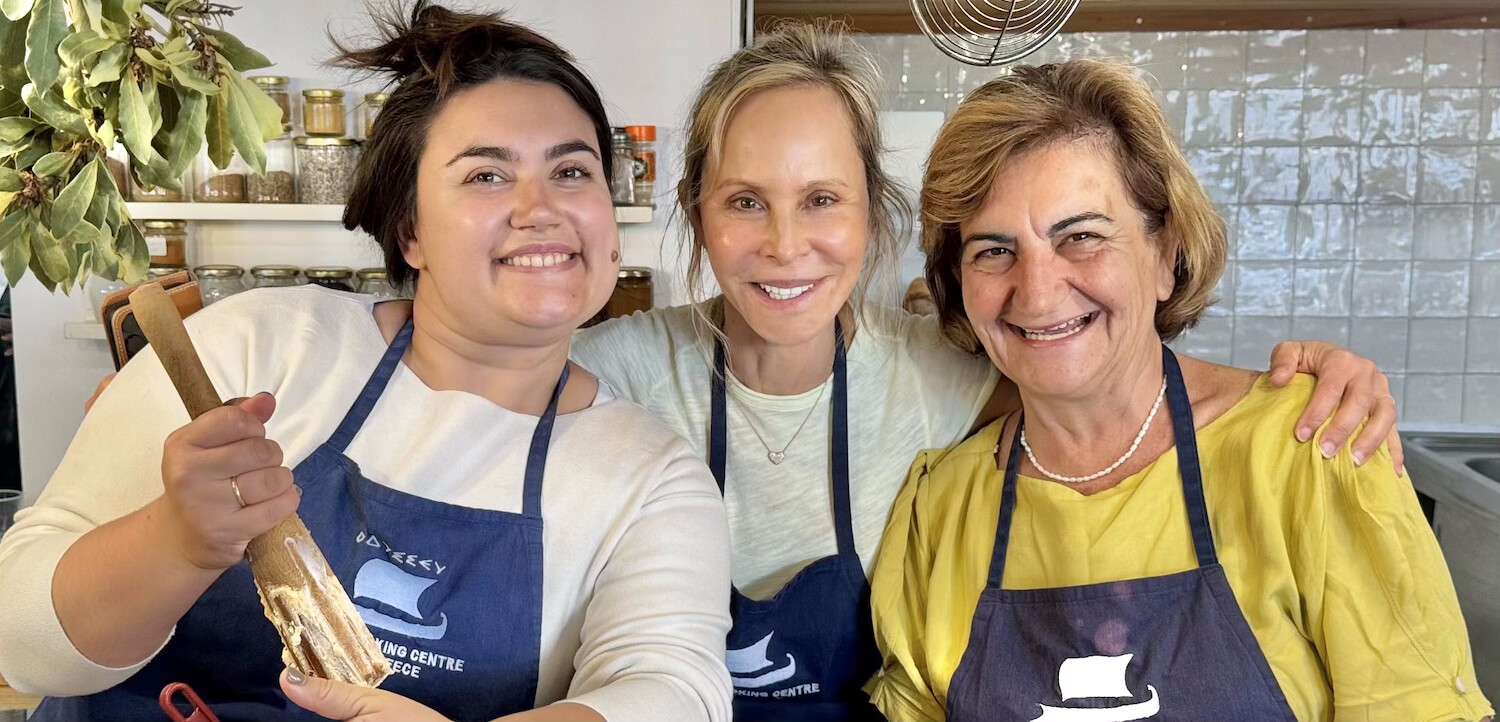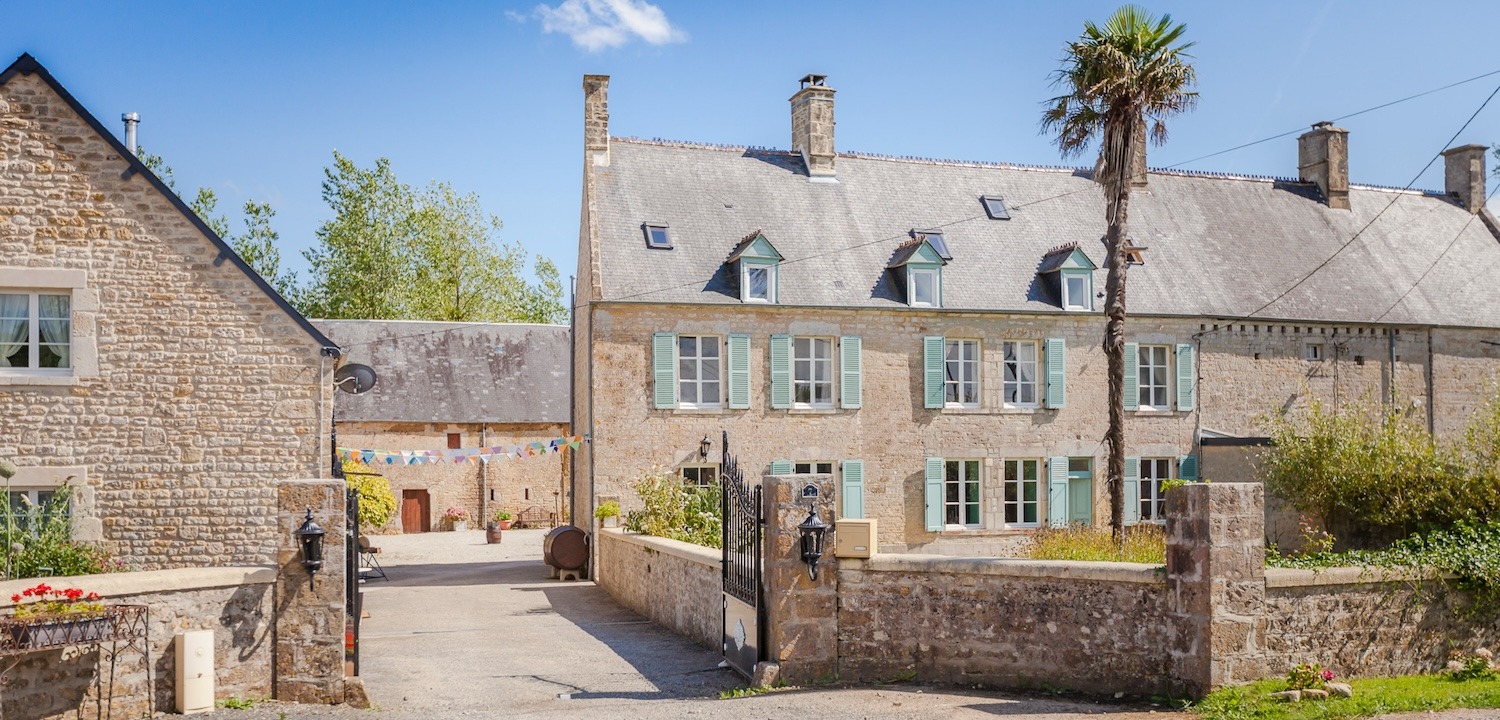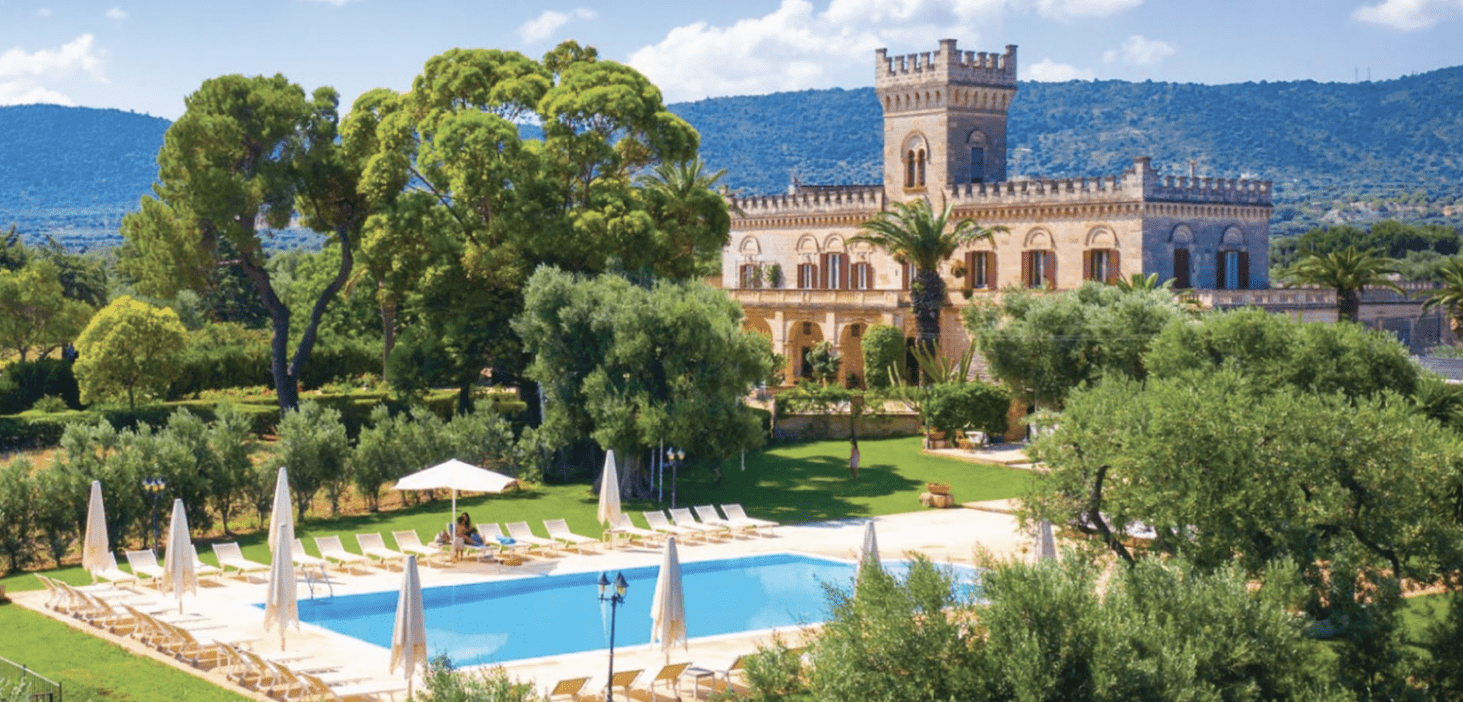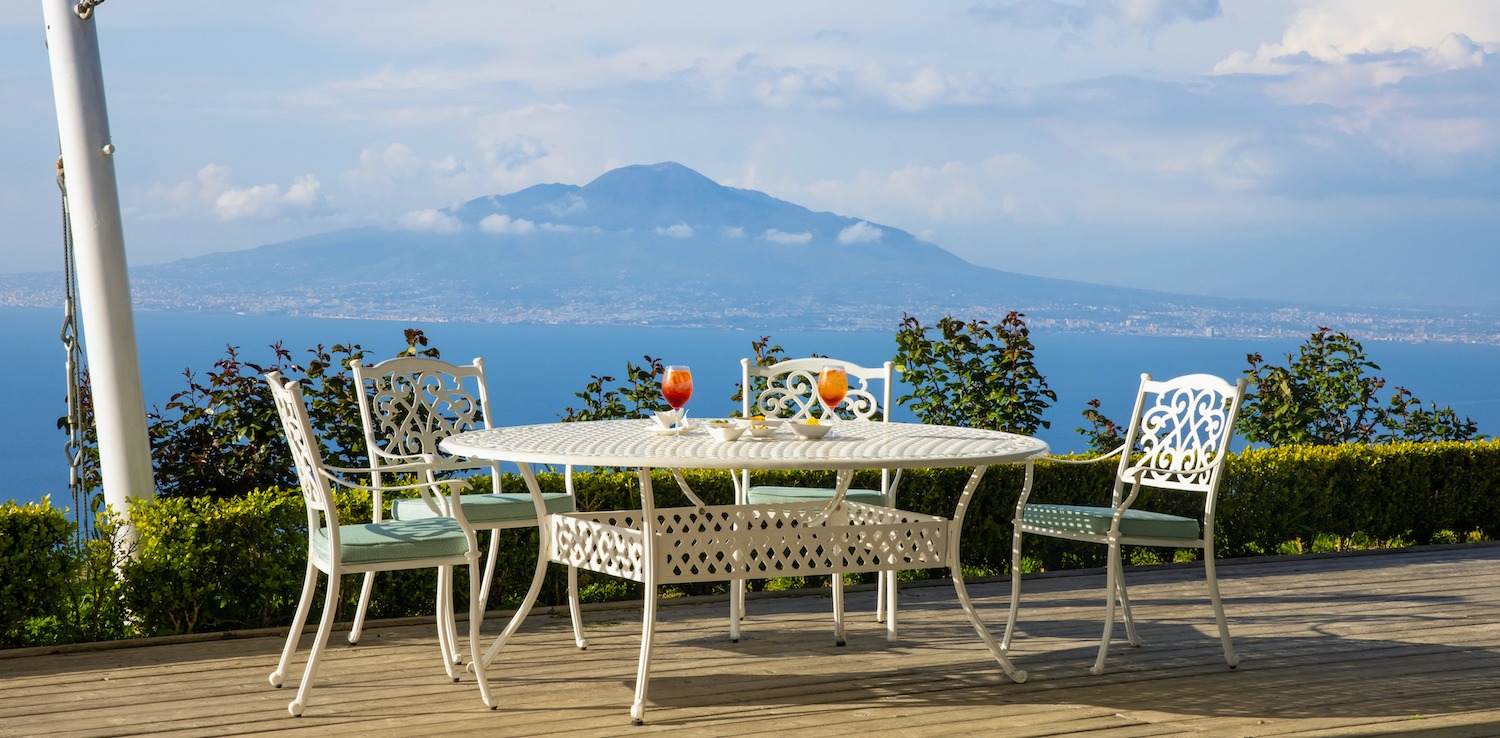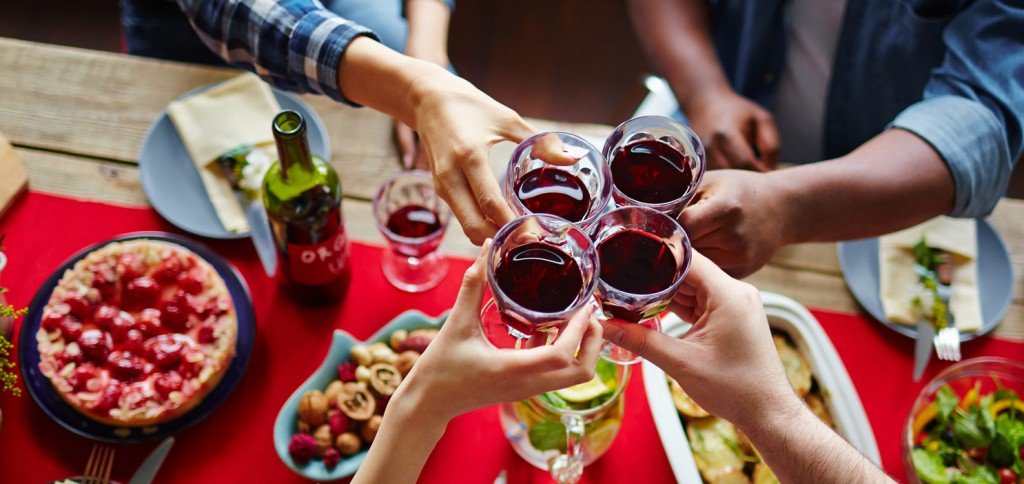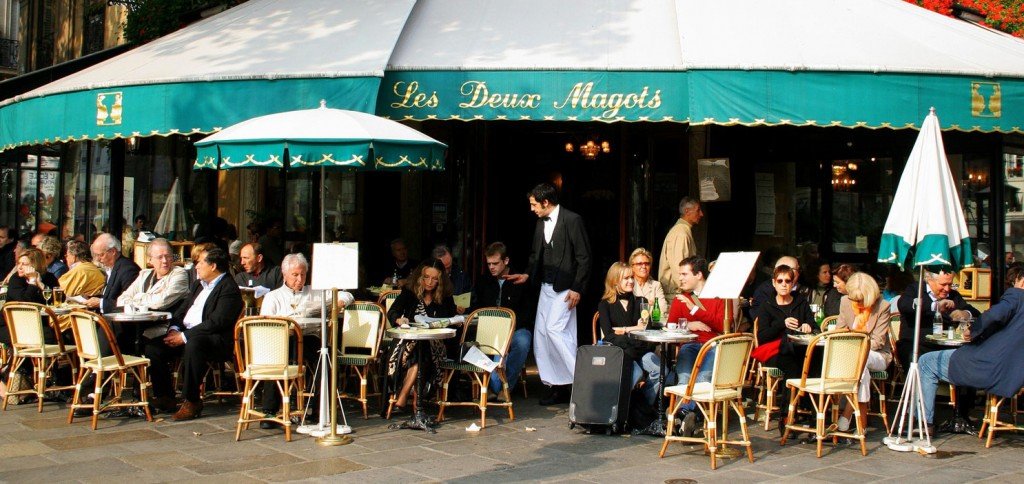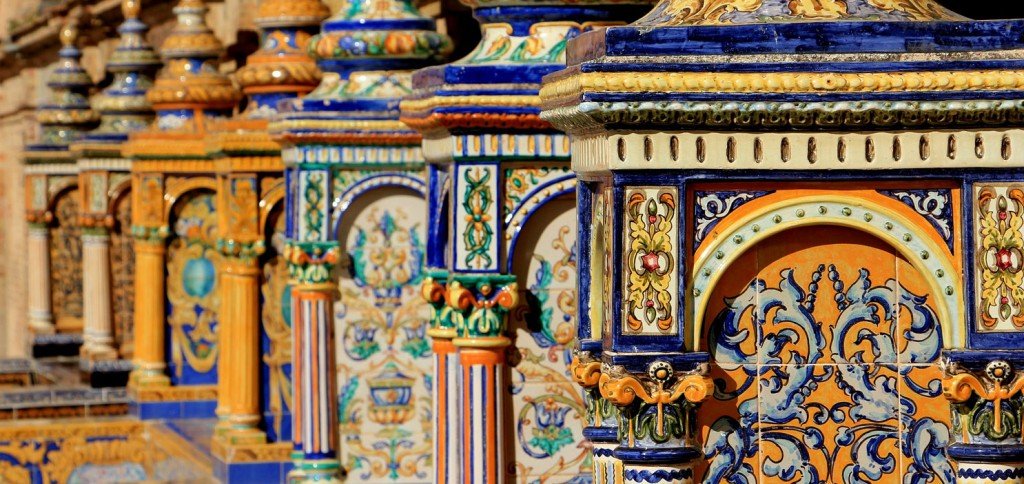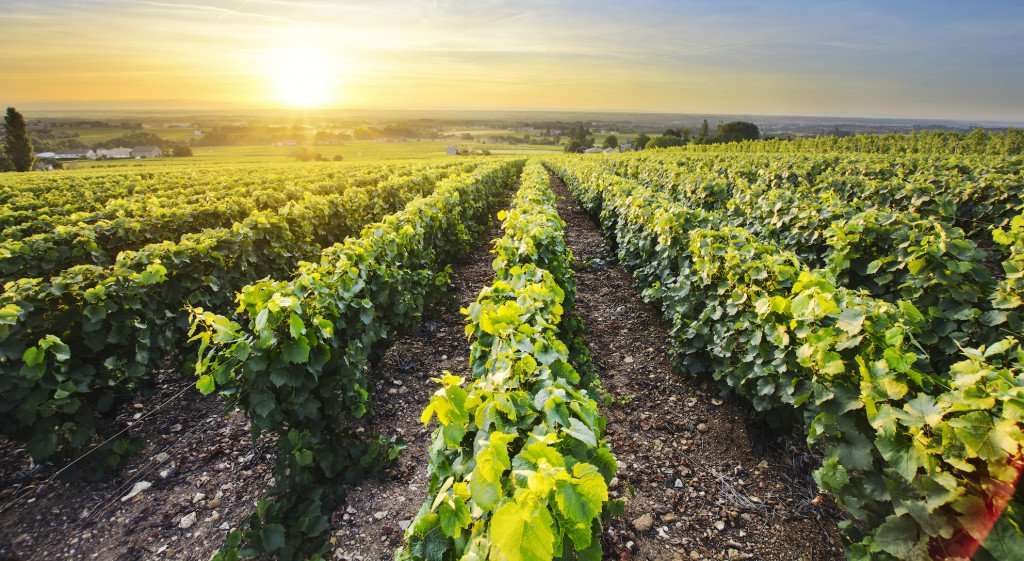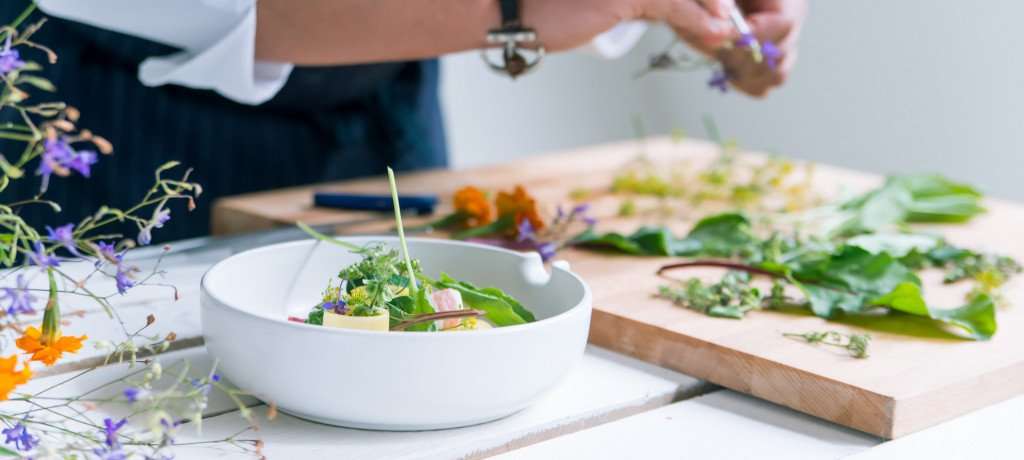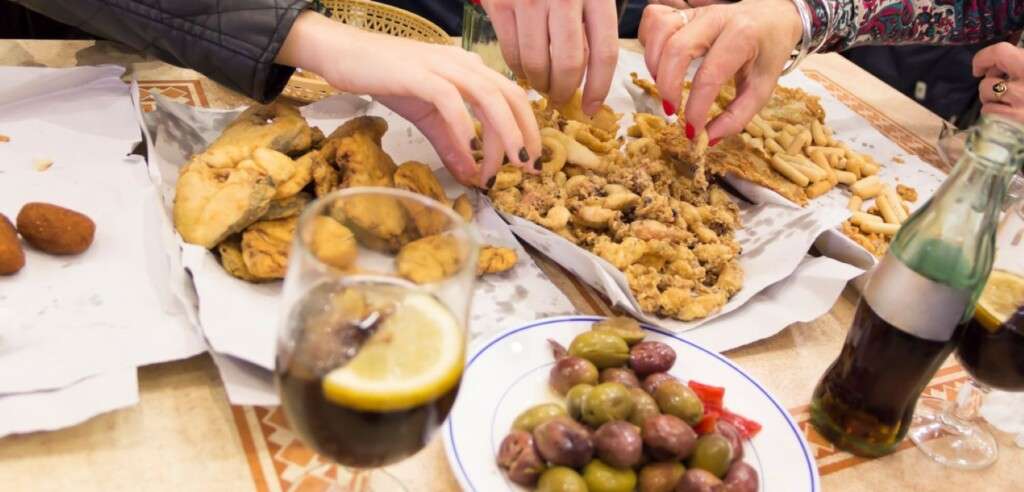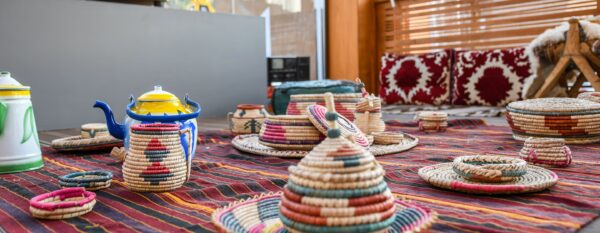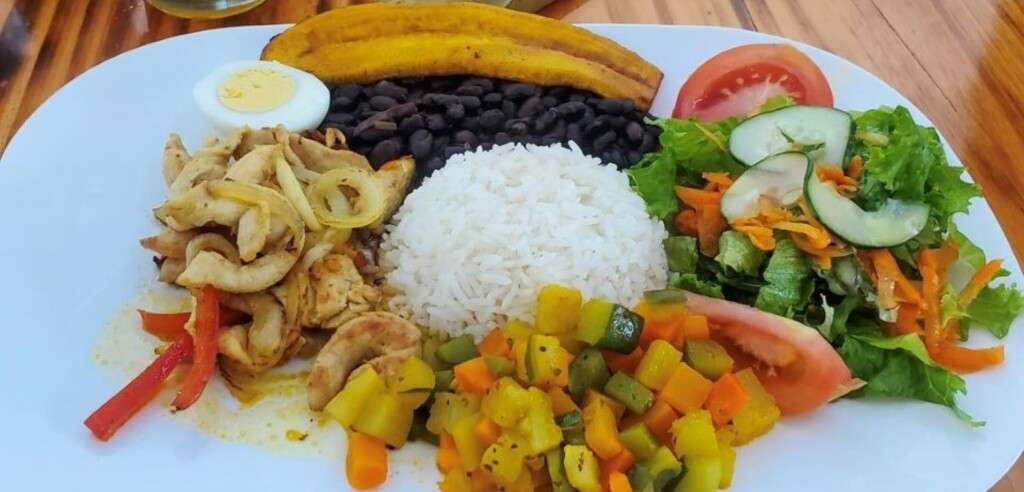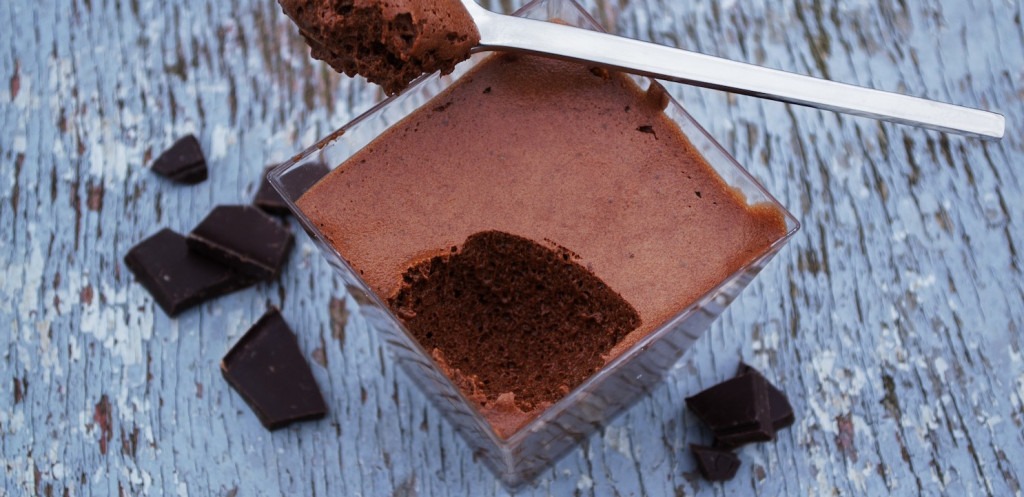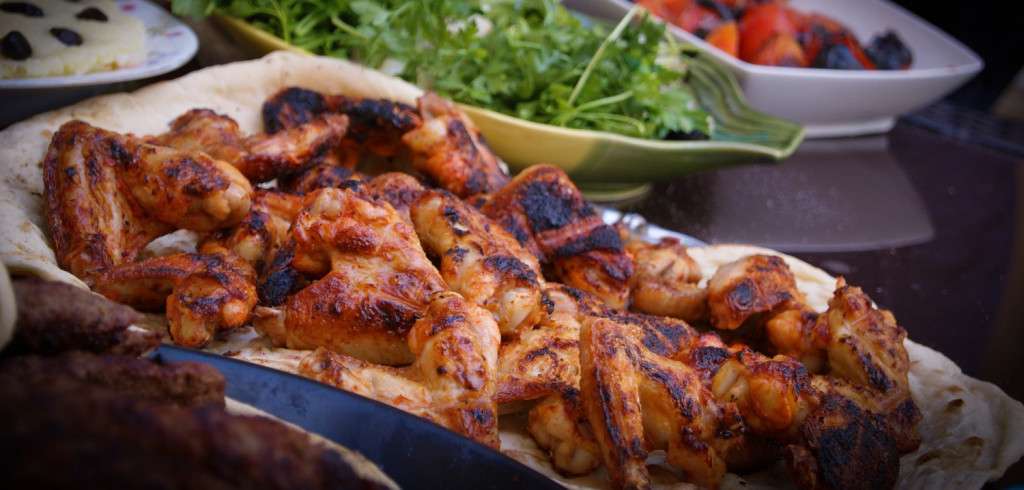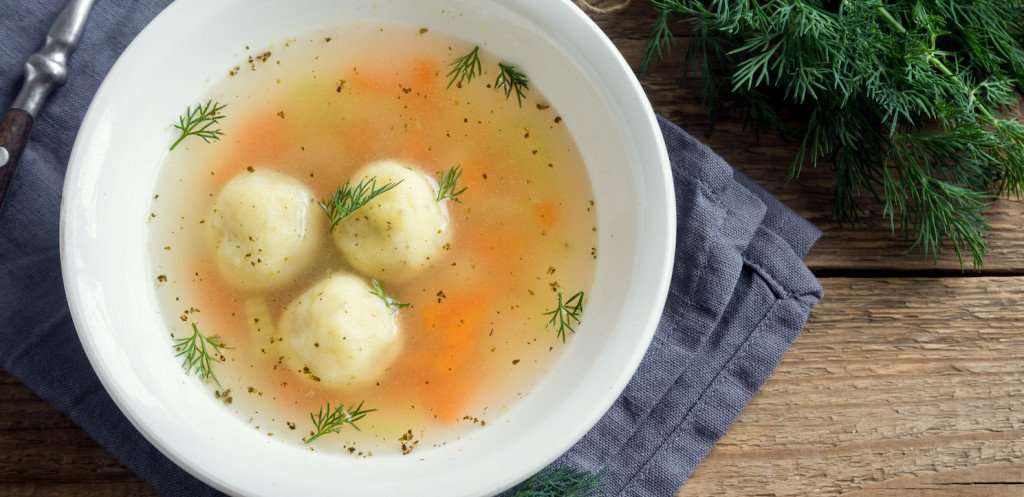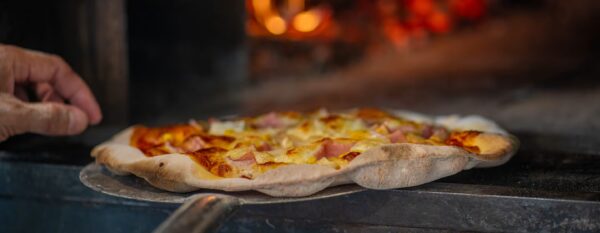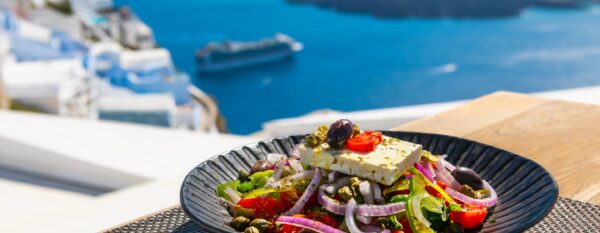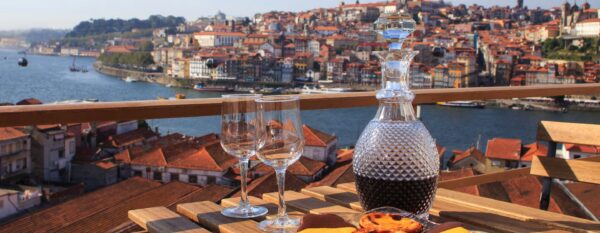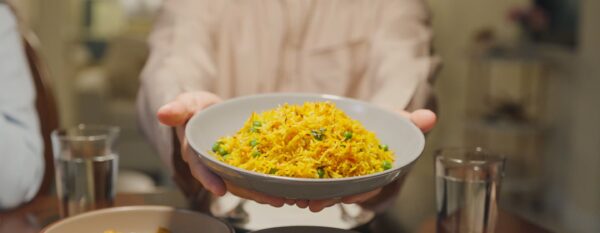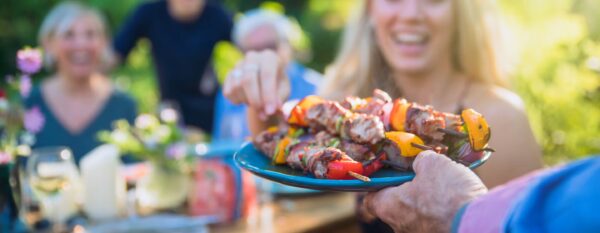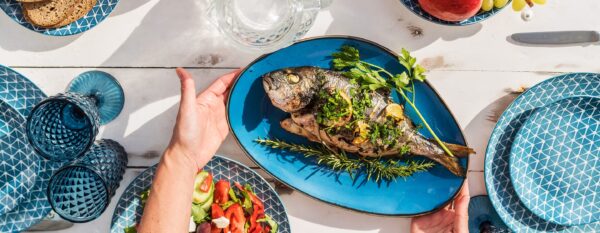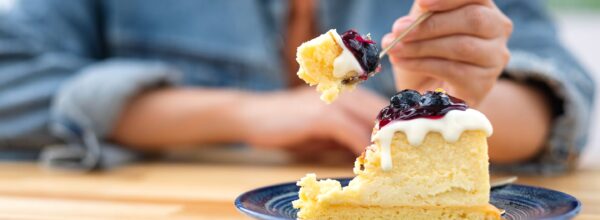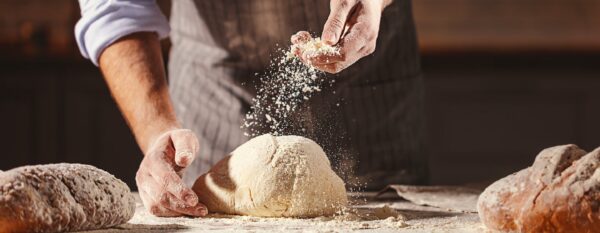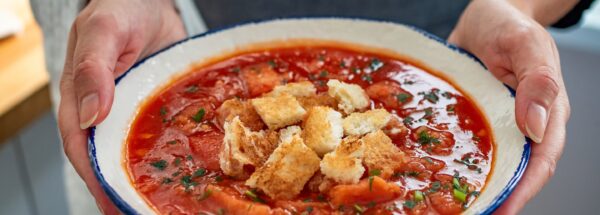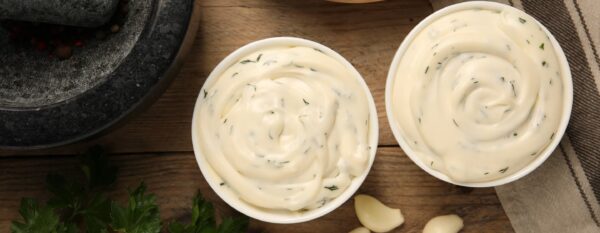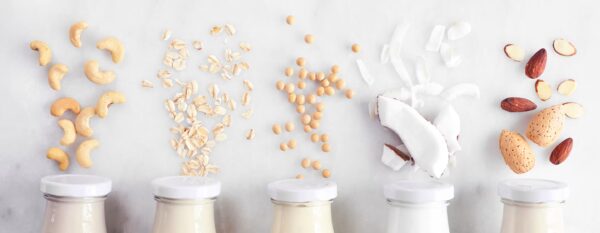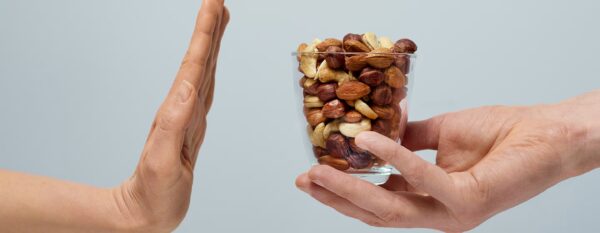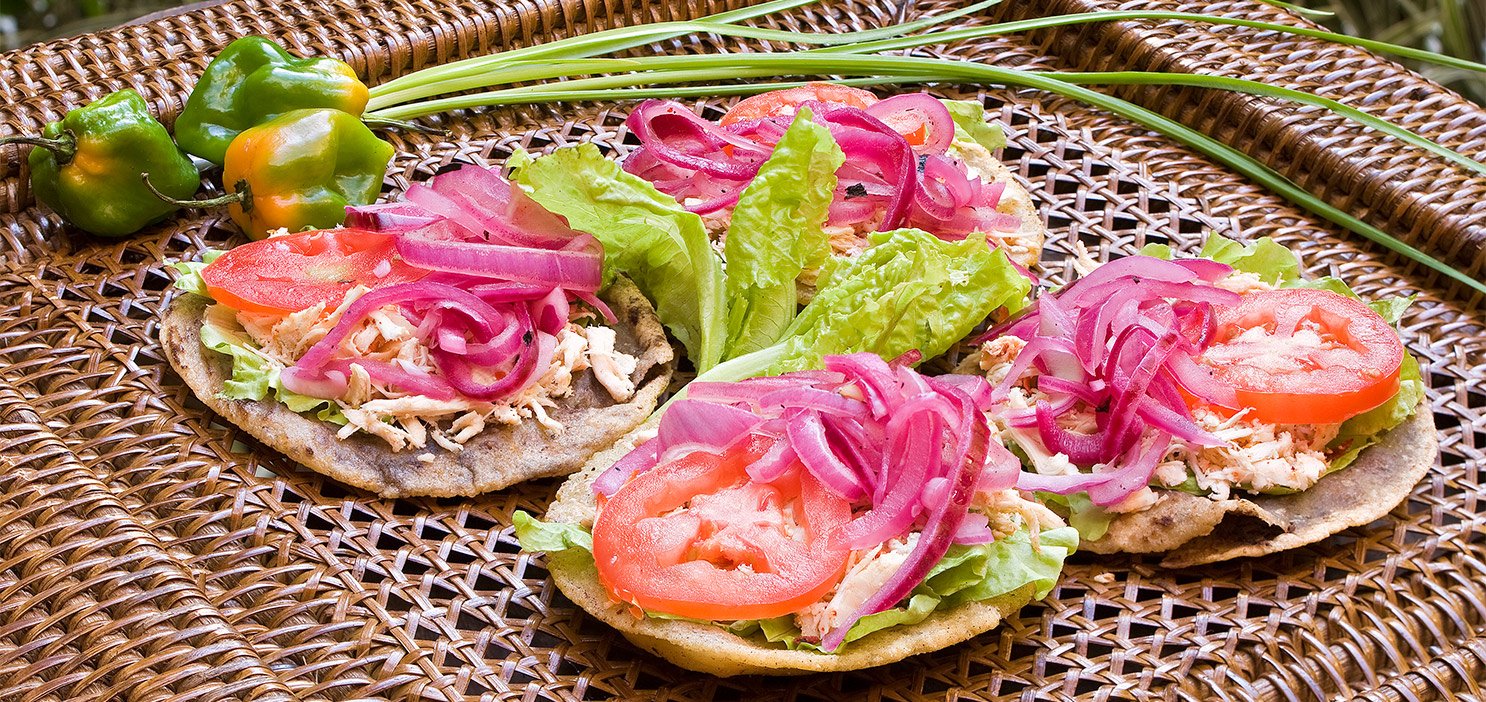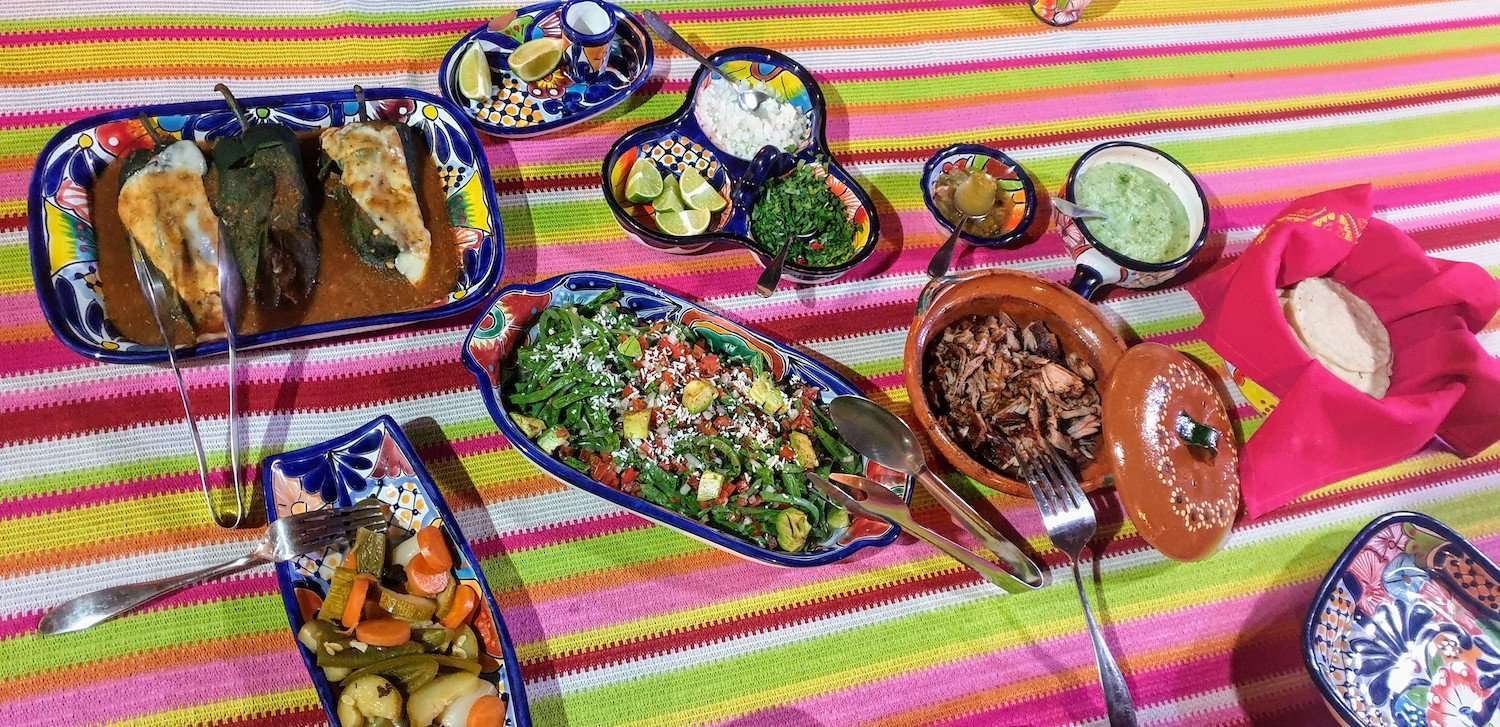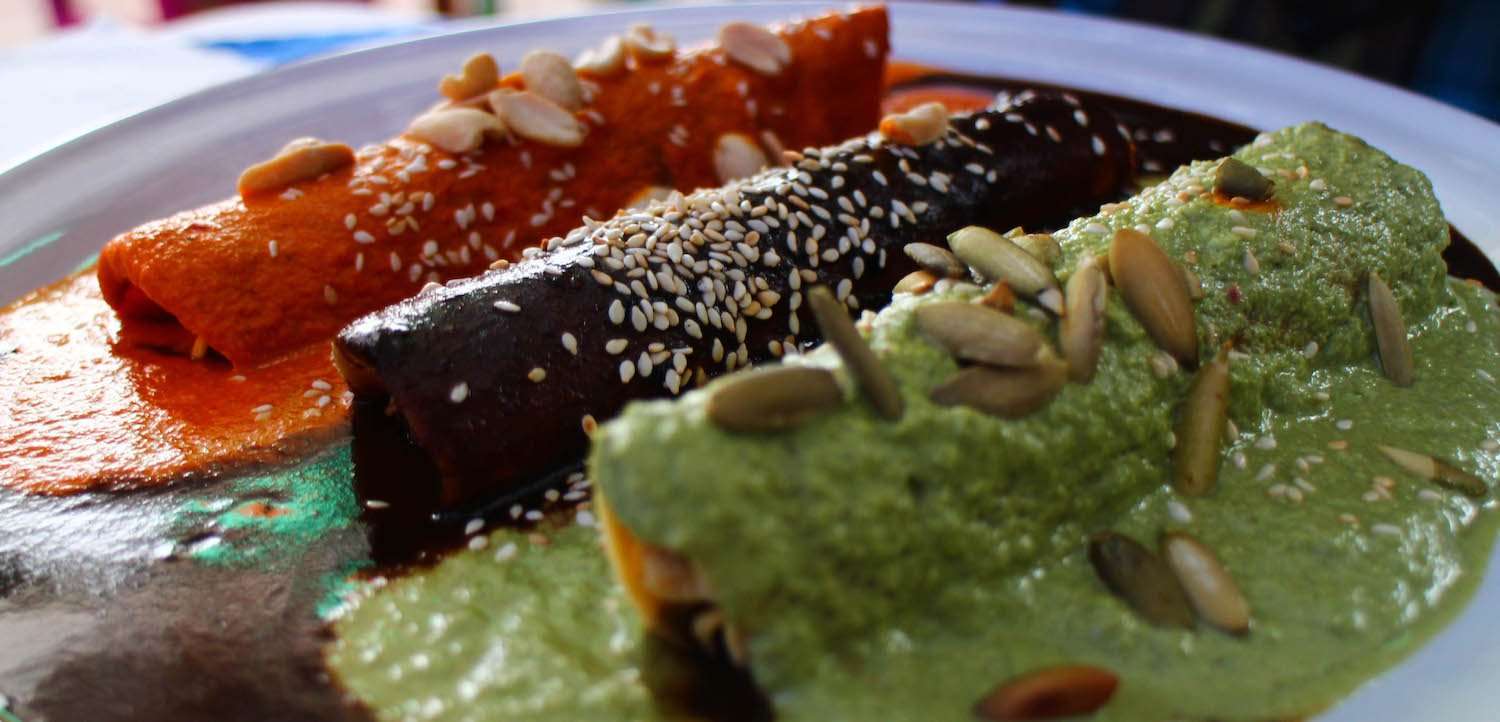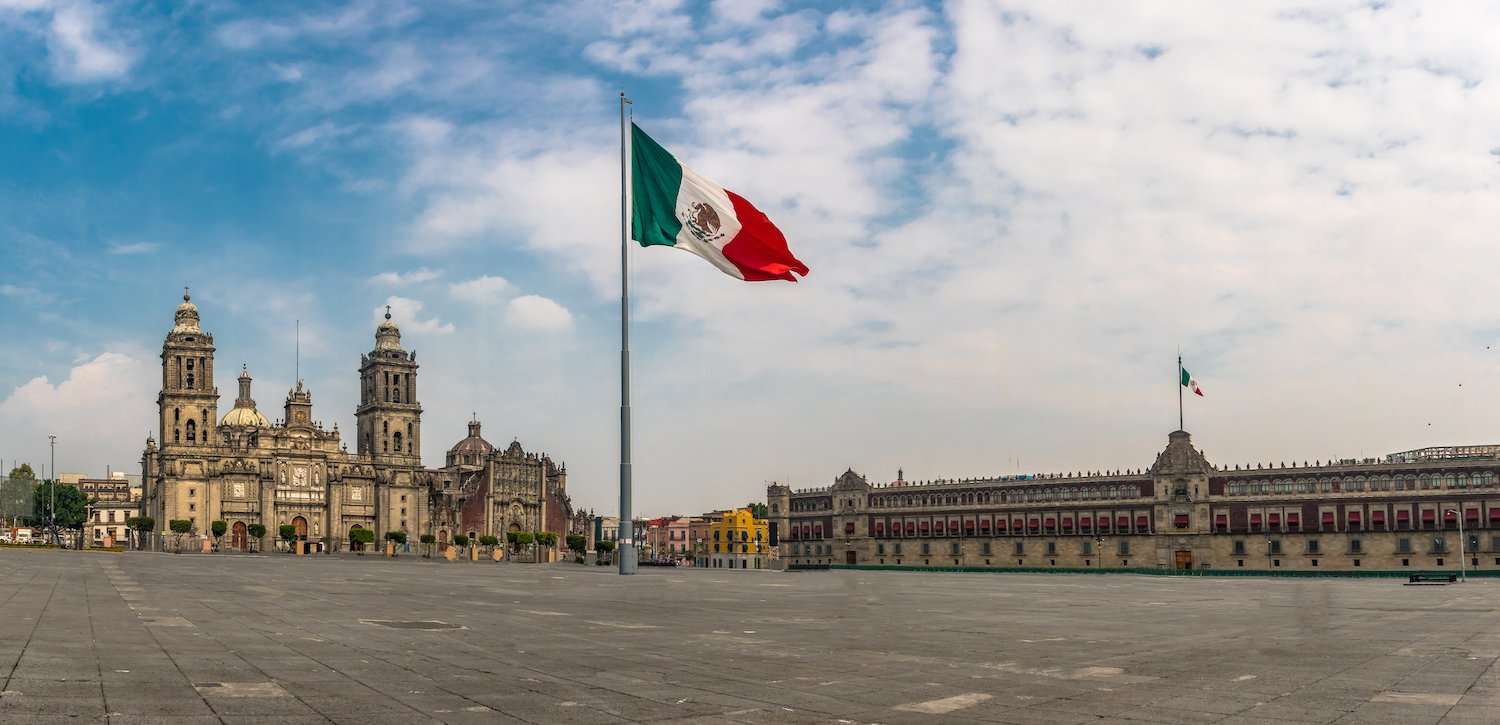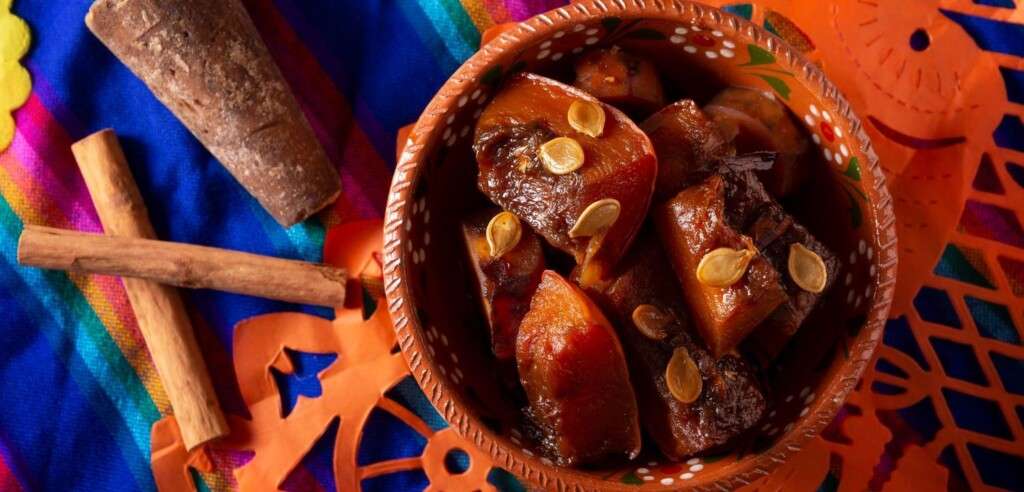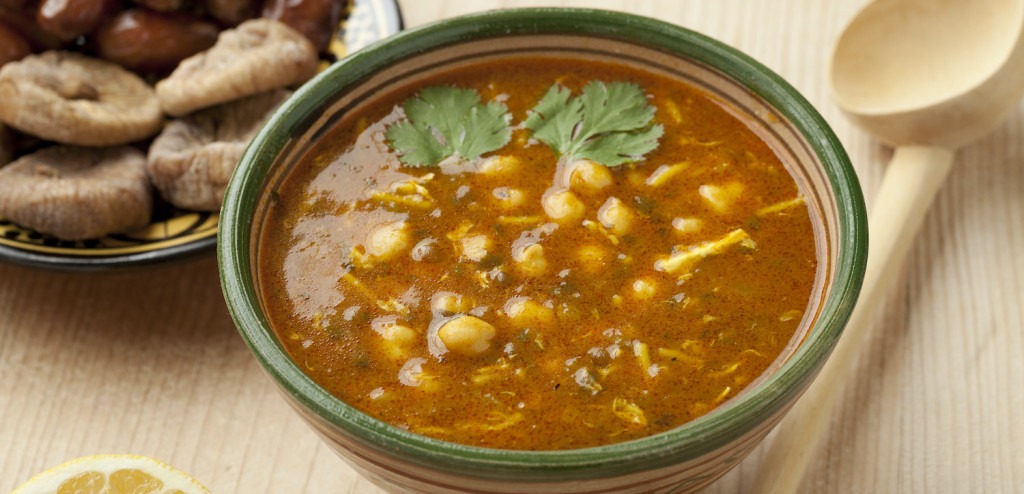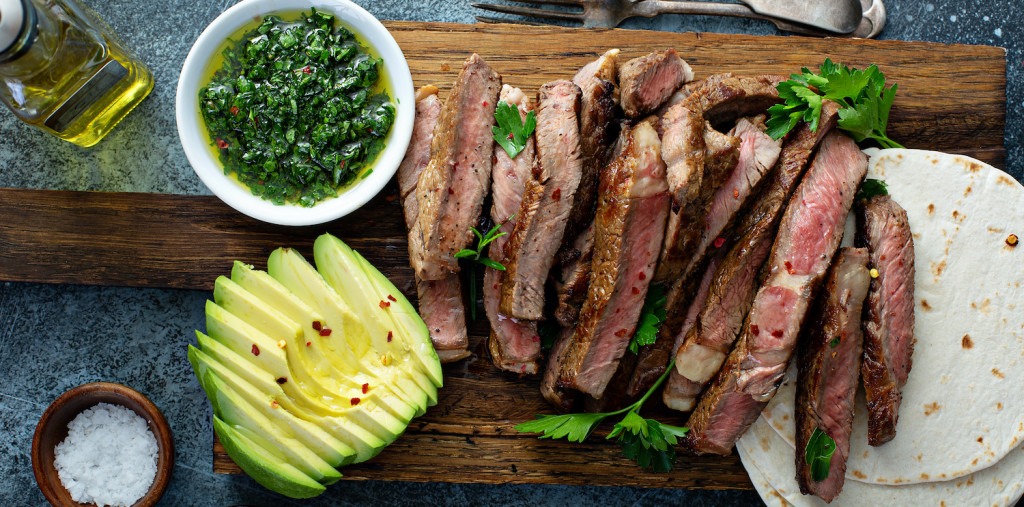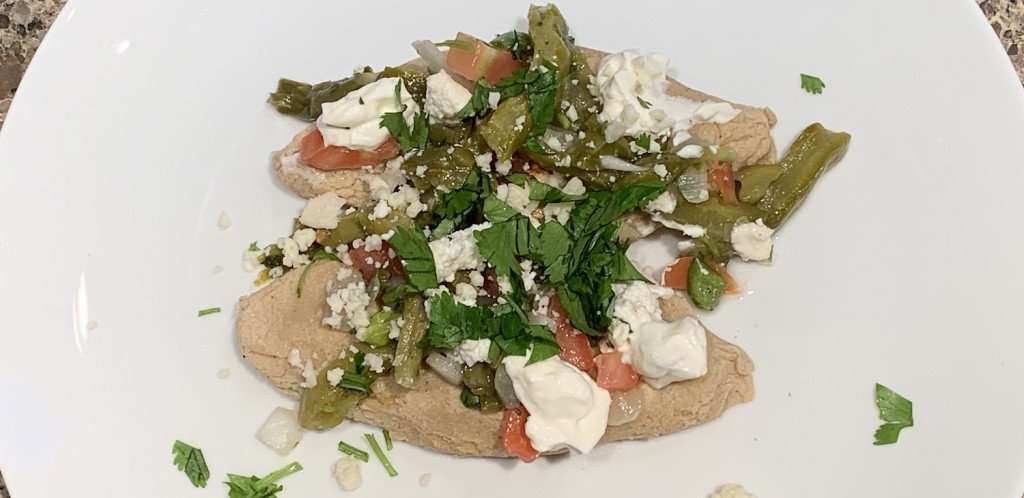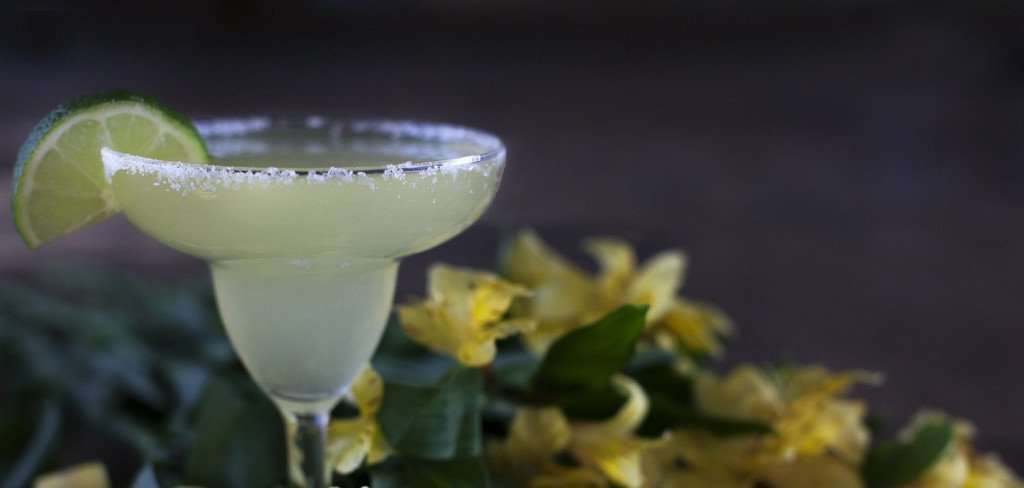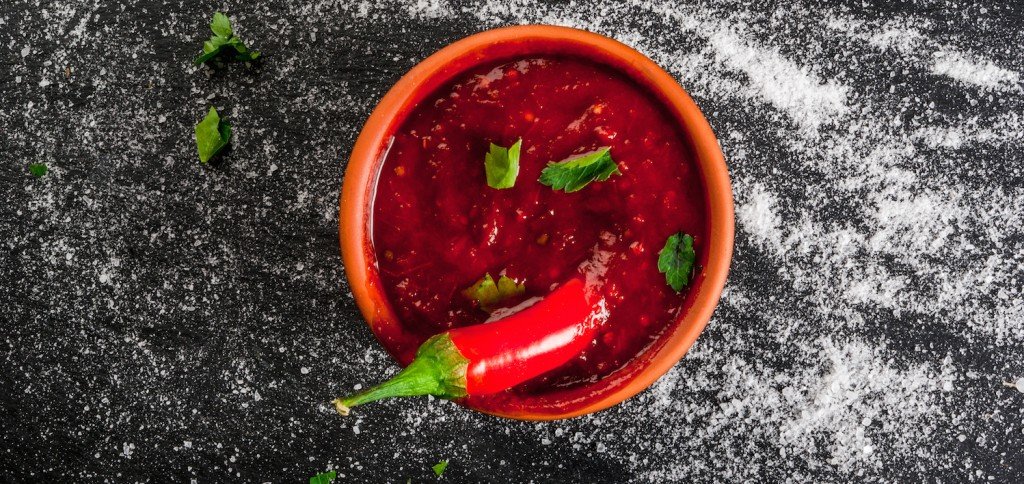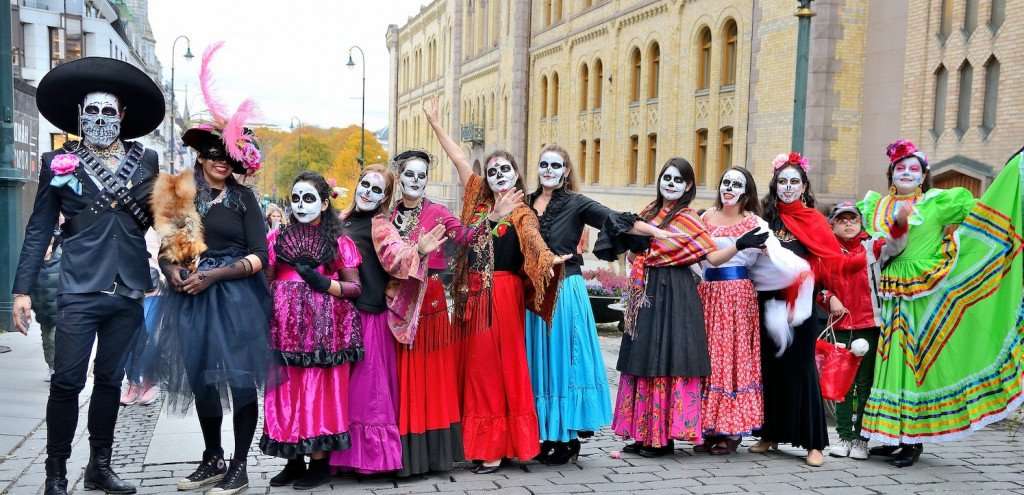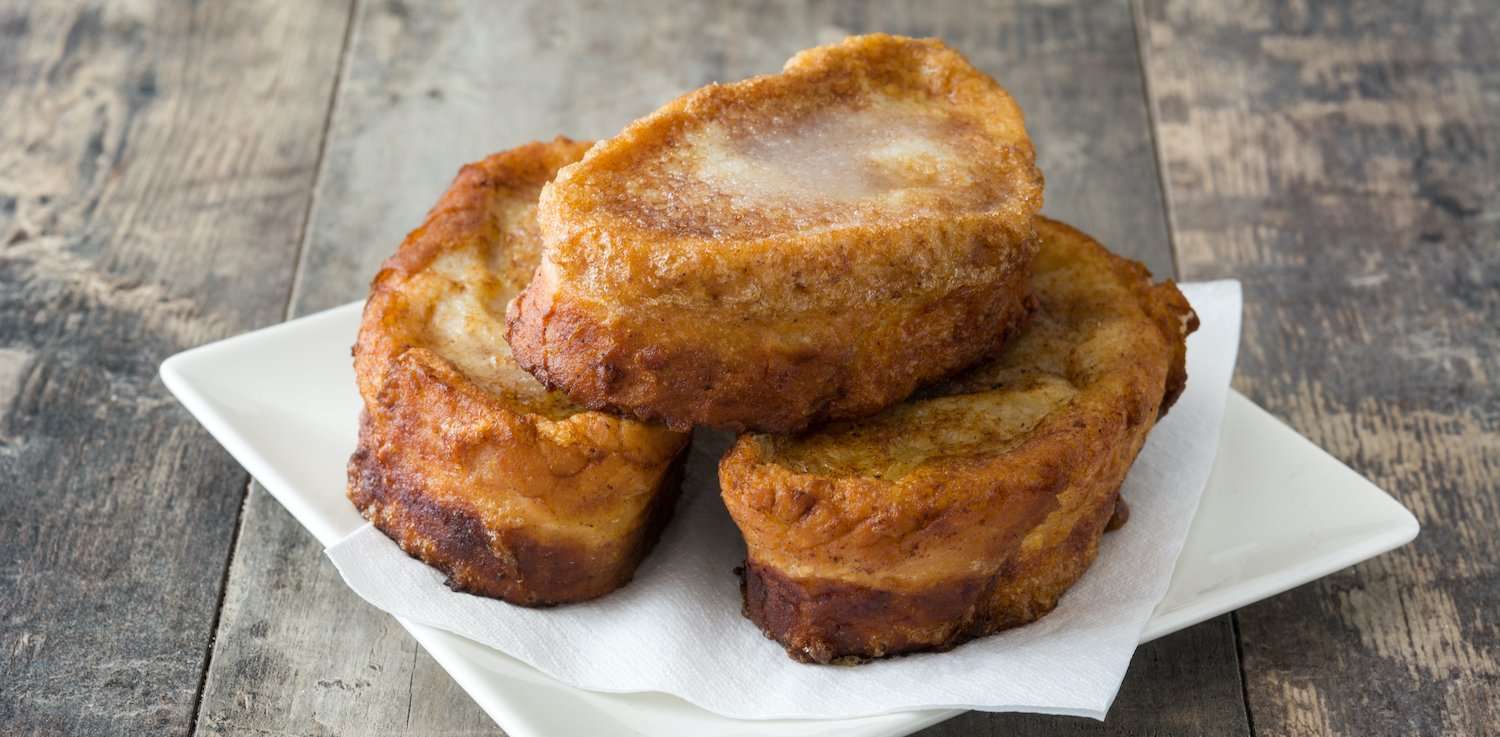
- The International Kitchen
- Recipes
- Caballeros Pobres Recipe from our Yucatan Cooking Vacation
Caballeros Pobres Recipe from our Yucatan Cooking Vacation
-
-
Keep that leftover bread, because, even though it’s stale, it can still be turned into a delicious dish. In fact, nearly every culture has some sort of recipe to make the most out of what at first appears to be unappealing old bread. In the Yucatan, it’s called caballeros pobres, which is similar to a bread pudding. In fact, according to the late Chef David Sterling, founder of our Mexico cooking vacation in the Yucatan, “It descends from the tradition of French pain perdu and Spanish torrijas, and is a kissing cousin of Cuban torrejas.”
In the Mexican peninsula of the Yucatan, this dish is traditionally served either at room temperature or slightly chilled. But in Chef David’s kitchen, don’t be surprised to see it served warm with a dollop of ice cream on top.
You can create this dish a day in advance, if you’d like; you’d just need to refrigerate it once it’s complete. To serve the dish warm, simply pop it in the oven to reheat it for about 15 to 20 minutes. This caballeros pobres dessert serves 10 people.
Recipe for Caballeros Pobres
-
-
-
-
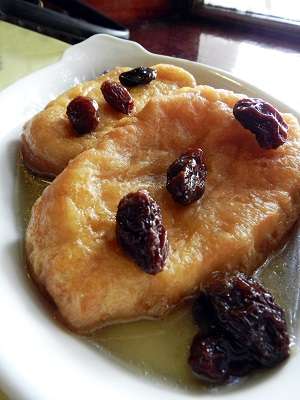
Ingredients
- Syrup ingredients:
- 1 cup water
- 1 cup sugar
- 1 cone piloncillo (unrefined whole cane sugar), chopped (Or you may substitute 1 cup of dark brown sugar)
- 2 cloves, whole
- 2 three-inch sticks canela (“Mexican cinnamon”)
- 1/2 cup almonds or pecans, whole or chopped
- 1/4 cup brandy, coffee liqueur, or aged rum
- Ingredients for the milk mixture and bread:
- 2 cups milk
- 3 Tbs sugar
- 2 tsp Mexican vanilla extract
- 4 small or 2 large loaves stale French bread (slice the bread into 3/4 –inch thick round)
- 6 eggs, separated
- Vegetable oil for frying
Instructions
- To make the syrup, place the first five ingredients into a saucepan and bring to a simmer. Stir the mixture frequently so that all the sugars dissolve completely.
- Continue cooking until the syrup coats the back of a spoon.
- Strain the syrup into another small pan and discard the cinnamon and cloves.
- Add the nuts as well as the liquor and then continue cooking for another 5 minutes, or until the syrup re-thickens.
- Take the syrup off the heat, and set aside.
- In a bowl, combine the first three ingredients for the milk mixture, and stir to dissolve sugar.
- Pass each slice of bread through the milk mixture to lightly moisten it.
- Transfer the bread to a colander placed over a bowl to drain. NOTE: Do not allow bread to become soggy or it will fall apart during frying.
- Beat the egg whites until stiff but not dry.
- Beat three of the egg yolks well, and reserve the extra eggs for another use.
- Fold both the yolks and whites gently to form a meringue, being careful not to deflate the whites.
- Fill a large skillet with oil to a depth of 1½ inches.
- Heat the oil until a thermometer reaches 350˚F.
- Working in batches, roll each bread slice in the meringue to coat, then fry. When deep golden brown, flip rounds to cook the other side. Drain on paper towels.
- Preheat oven to 350˚F. Meanwhile, place the fried bread in one layer at the bottom of a deep baking dish, soufflé mold, or individual soufflé ramekins.
- Pour on a large spoonful of the syrup/nut mixture. Repeat with one more layer of bread. Finish by topping with more syrup and nuts.
- Bake for 25-30 minutes or until syrup begins to bubble and you see caramelization occurring at the edges. Remove from the oven and allow to rest at room temperature for 15 minutes before serving.

Sign up to Receive Our Newsletter
As well as travel tips, promotions, and information on our best cooking vacations.
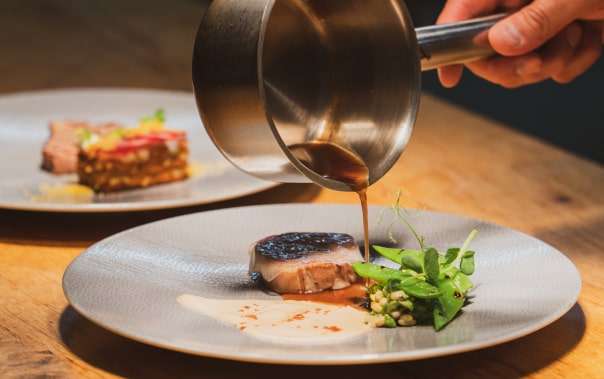
recipes
Related Recipes
blog

